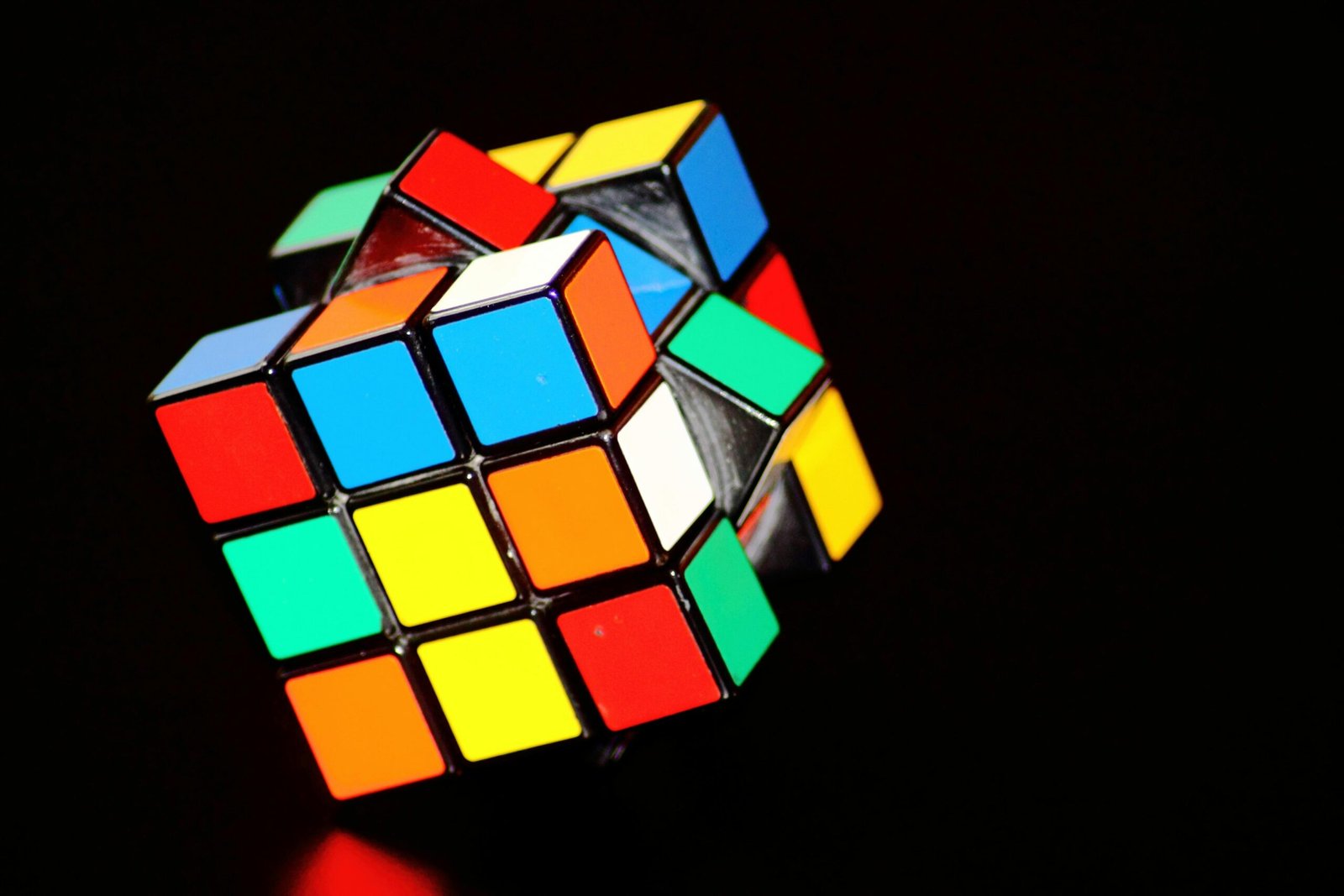Unraveling the Connections: A Deep Dive into the Daily Puzzle
What is Connections?
Before we delve into the specifics of today’s puzzle, let’s understand the game itself. Connections, a brainchild of The New York Times, is a daily word game that has captured the attention of puzzle enthusiasts worldwide. The premise is simple yet challenging: you’re presented with 16 seemingly unrelated words. Your task is to group these words into four sets of four, based on hidden connections.
It’s a test of vocabulary, logic, and pattern recognition that has proven to be both stimulating and addictive.
Why Connections Has Become a Sensation
- Daily Challenge: The fresh puzzle every day keeps players engaged and coming back for more.
- Social Interaction: Sharing puzzles and discussing solutions has created a vibrant online community.
- Mental Stimulation: The game offers a fun way to exercise your brain and improve cognitive abilities.
- Variety of Themes: The connections range from obvious to obscure, keeping players on their toes.
Tips and Tricks to Conquer Connections
While luck plays a role, strategy can significantly improve your chances of solving the puzzle. Here are some tips:
- Start with the Obvious: Look for words that are clearly related, such as synonyms or antonyms.
- Consider Word Parts: Break down words into prefixes, suffixes, or roots to uncover hidden connections.
- Think Outside the Box: Sometimes, the connections are more abstract or based on unexpected relationships.
- Use Process of Elimination: If you’re stuck, try eliminating possibilities based on words that don’t fit together.
FAQs: Connections Hint Today
General Questions About Connections
People often have similar questions about the game. Let’s address some of the most common ones:
How difficult is Connections?
The difficulty varies from day to day. Some puzzles are relatively straightforward, while others can be quite challenging.
Is there a time limit?
No, there’s no official time limit, but many players enjoy the challenge of solving the puzzle as quickly as possible.
Can I play Connections on my phone?
Yes, the game is available on the New York Times app and website.
Are there any cheating methods?
While there are websites and apps that claim to provide answers, solving the puzzle on your own is the most rewarding experience.
Let’s Tackle Today’s Connections Puzzle
Please note that you’ll need to replace this section with the actual puzzle for the day. You can find this information on The New York Times website or app.
Once you have the puzzle, we can start analyzing the words, looking for patterns, and providing hints. We can also discuss potential solutions and compare them to the official answers once they are released.
What is Connections?
Connections is a daily word game by The New York Times where players are given 16 seemingly unrelated words. The goal is to group these words into four sets of four based on hidden connections.
How do I play Connections?
You can play Connections on The New York Times website or app. You’ll be presented with a grid of 16 words. Drag and drop words to form groups of four that are connected by a theme.
Is there a time limit?
There’s no official time limit, but many players enjoy the challenge of solving the puzzle as quickly as possible.
Tips and Tricks for Solving Connections
How can I get better at Connections?
Practice is key! The more you play, the better you’ll become at spotting patterns and connections. Also, try to expand your vocabulary and knowledge of different word relationships.
What are some common themes in Connections puzzles?
Themes can vary widely, but some common ones include synonyms, antonyms, word parts, geography, history, and pop culture.
I’m stuck on a puzzle. What should I do?
Take a break! Sometimes stepping away from the puzzle for a few minutes can help you see new connections. You can also try looking for words that seem out of place, as they might be a clue to a different group.
Hints and Solutions for Today’s Puzzle
Social Media and Online Communities
Can I find hints or solutions on social media?
Yes, many people share their progress, hints, and even solutions on platforms like Twitter, Facebook, and Reddit. You can search for relevant hashtags or join groups dedicated to puzzle solving.
Are there any dedicated Connections groups or forums?
While there might not be exclusive Connections forums, you can find discussions and help on general puzzle-solving or word game communities online.
Connections and Language
Does knowing multiple languages help with Connections?
Having a strong vocabulary in multiple languages can certainly be an advantage, as some connections might be based on word origins or similar concepts in different languages.
Are there connections puzzles in other languages?
Currently, The New York Times Connections is primarily offered in English. However, there might be similar word games or puzzles available in other languages.
Connections and Cognitive Benefits
Does playing Connections improve cognitive function?
While there’s no scientific consensus, many people believe that puzzles like Connections can help improve problem-solving, critical thinking, and vocabulary.
Can Connections help prevent cognitive decline?
Regular mental stimulation through puzzles like Connections is often suggested as a way to help maintain cognitive function as we age.
Challenges and Frustrations
I’m stuck on a particular word. What should I do?
Try looking at the other words in the potential group. Sometimes, understanding the connection between the other words can help you figure out the missing link.
Consider different word meanings or parts of speech. A word might have multiple definitions or be used in different ways.
Conclusion
Connections has become more than just a game; it’s a daily mental workout that brings people together. Whether you’re a seasoned puzzle solver or a newcomer, there’s always something to learn and enjoy. By understanding the game’s mechanics and employing effective strategies, you can increase your chances of success and unlock the satisfaction of cracking the code.
To read more, click here.












Post Comment